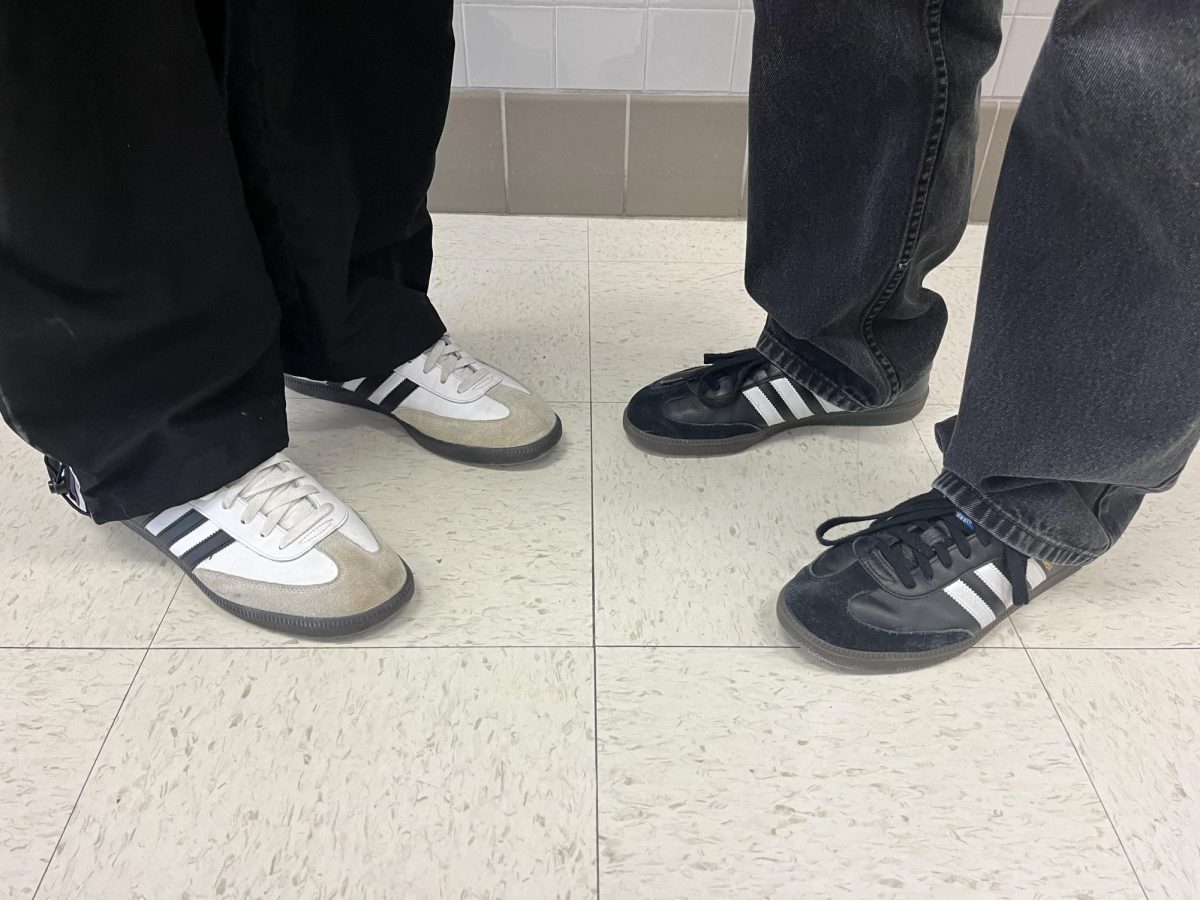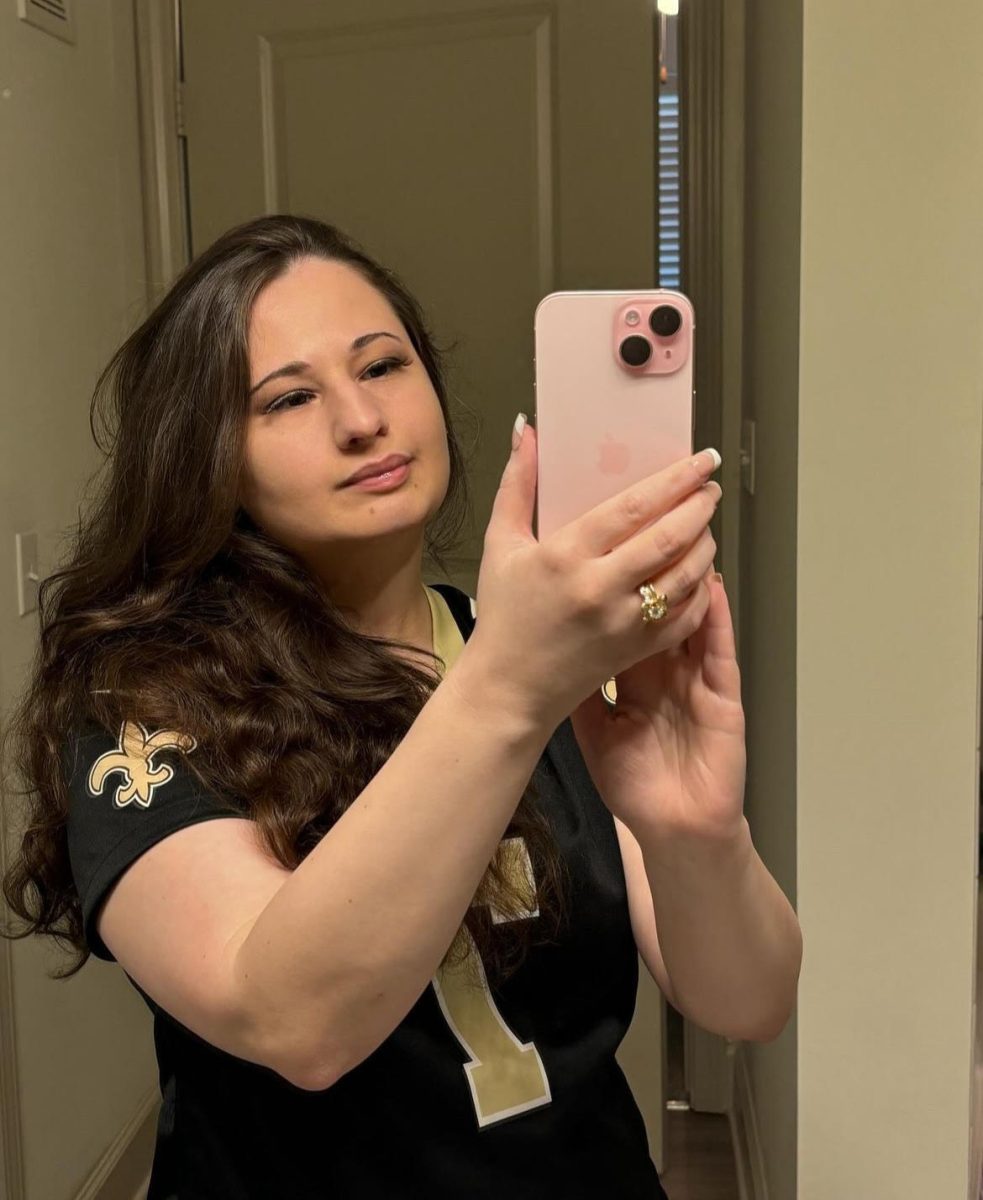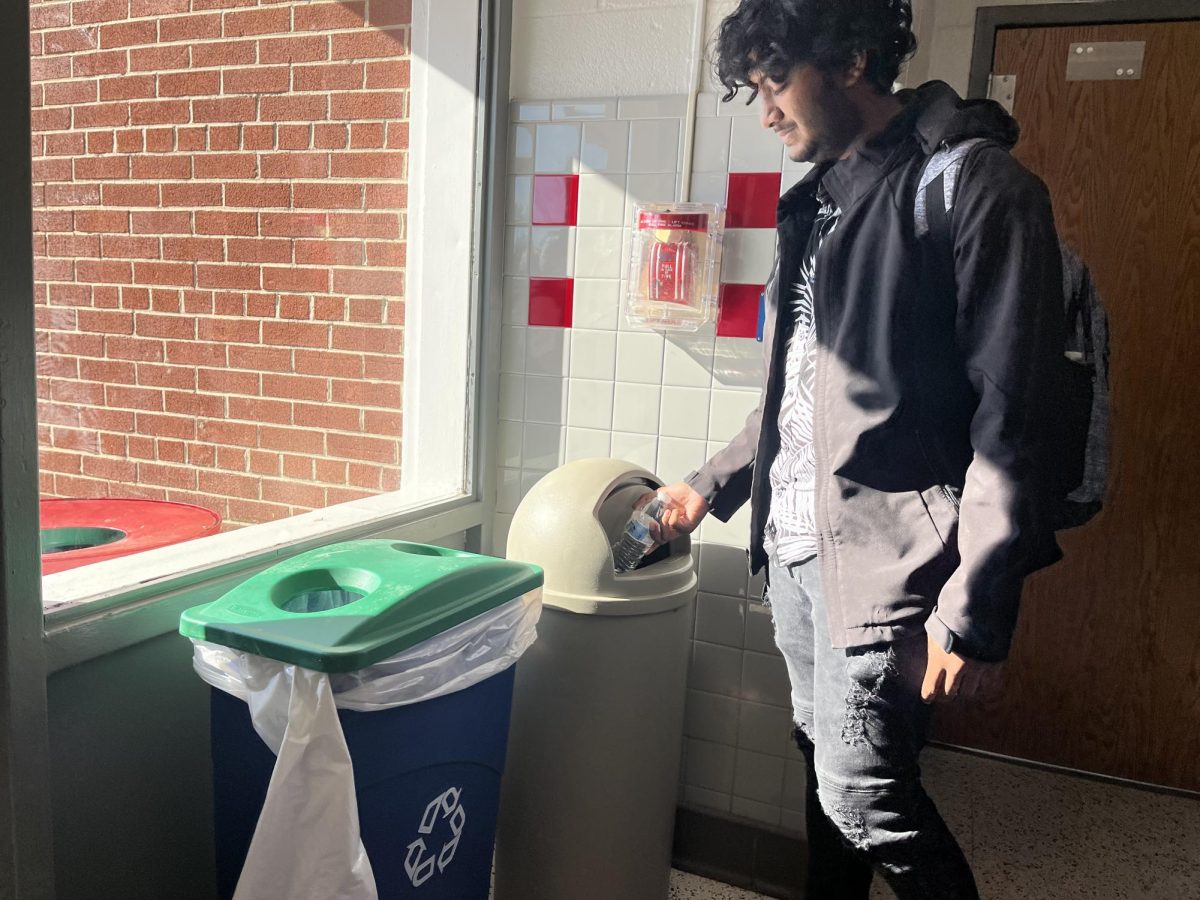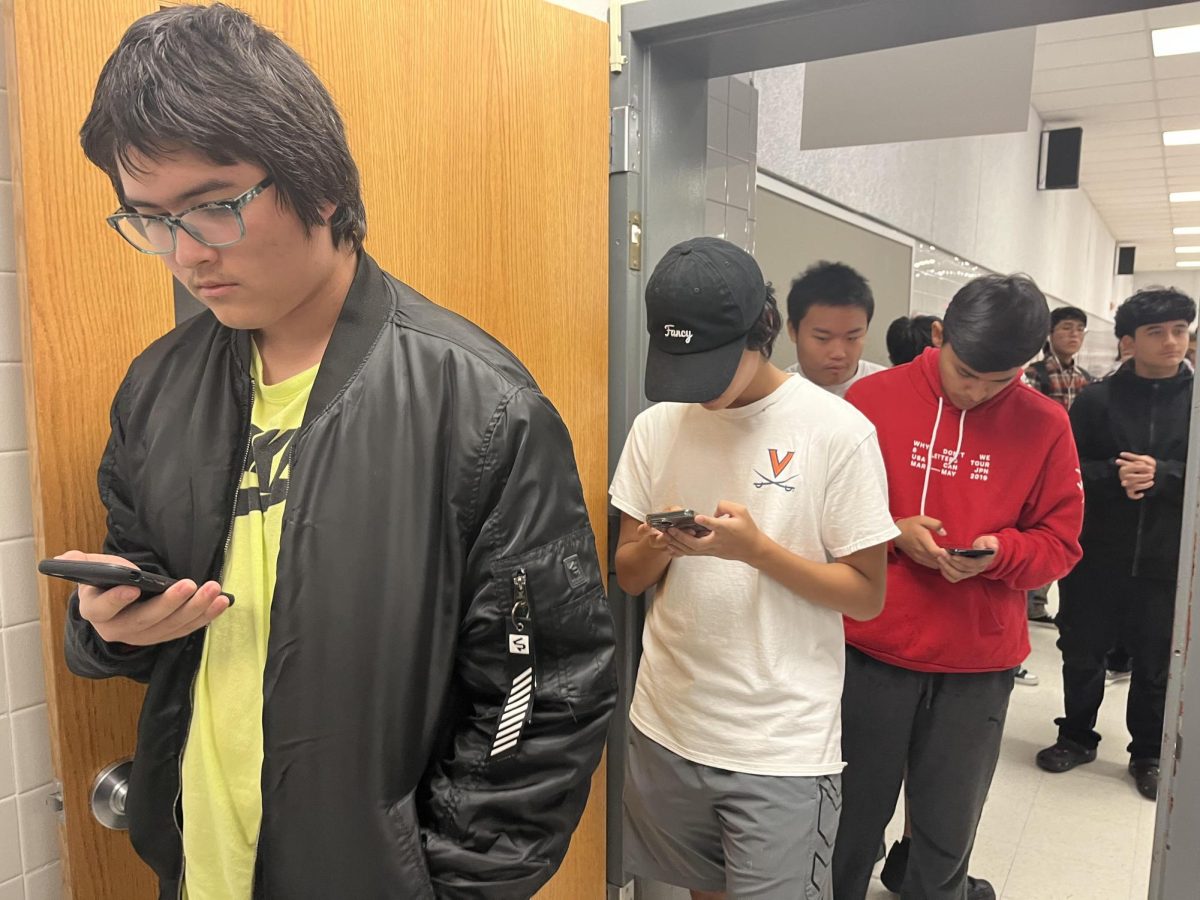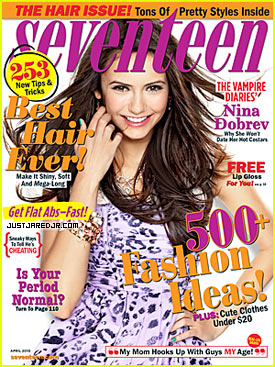
While you’ve waited in line at the grocery store, chances are your eyes have glanced over the magazine section. You’ve probably admired how beautiful the models on the cover of the magazines are, and wished you looked just like them.
The problem is, you can’t.
Not because it’s impossible, but because the models themselves don’t look the image that appears on the cover.Almost every major magazine uses Photoshop, but that’s starting to change. After an anti-Photoshop movement from the readers of Seventeen magazine, the publication released a statement saying they would limit photoshop use.
Soon after, Glamour magazine followed suit.
Honestly, this is the single greatest movement to happen in our generation.
We live in a time where girls, especially, have unlimited access to hundreds of thousands of pictures of their favorite actress or singer, and that isn’t always a good thing. Young girls can look at a photoshopped picture and think that, because they aren’t as skinny or their skin isn’t as perfect, they’re ugly or they aren’t pretty enough. All of those negative thoughts can lead to eating disorders or other methods of self-harm.
Magazines try to make the models perfect, tricking teenage girls into thinking that you have to be flawless to be beautiful.
But now, when girls read Seventeen or Glamour magazine, they can actually see what “real” girls look like.
The models are no longer photoshopped into a size zero, with absolutely clear skin, and those perfect, eye-capturing eyes I know you and I have both always admired. With this bold move, Glamour and Seventeen are relating to their readers more effectively since the models and celebrities are looking like real, common people. These young teenage girls will have someone to look up to who isn’t fake or edited. Now, teenagers are being shown what the models actually look like. They aren’t a size zero – they might be a 2 or a 4, and that’s okay. They might not have the most dazzling eyes in the world, but that’s who they are, and they’re embracing it.
Now it’s time for girls to start thinking in this mindset, too.
Unfortunately, most girls’ minds have already been tainted with the subliminal messages photoshopped models have sent to them, and those ideas will forever be embedded in their minds. It might take a while, but slowly, we might be able to get the idea of what a “perfect” girl really is. If even more magazines follow Seventeen and Glamour’s initiative, we might finally be able to erase misconceptions of beauty we’ve come to know in this day and age.
Then, finally, the idea of just being yourself – and embracing it – will prevail.



